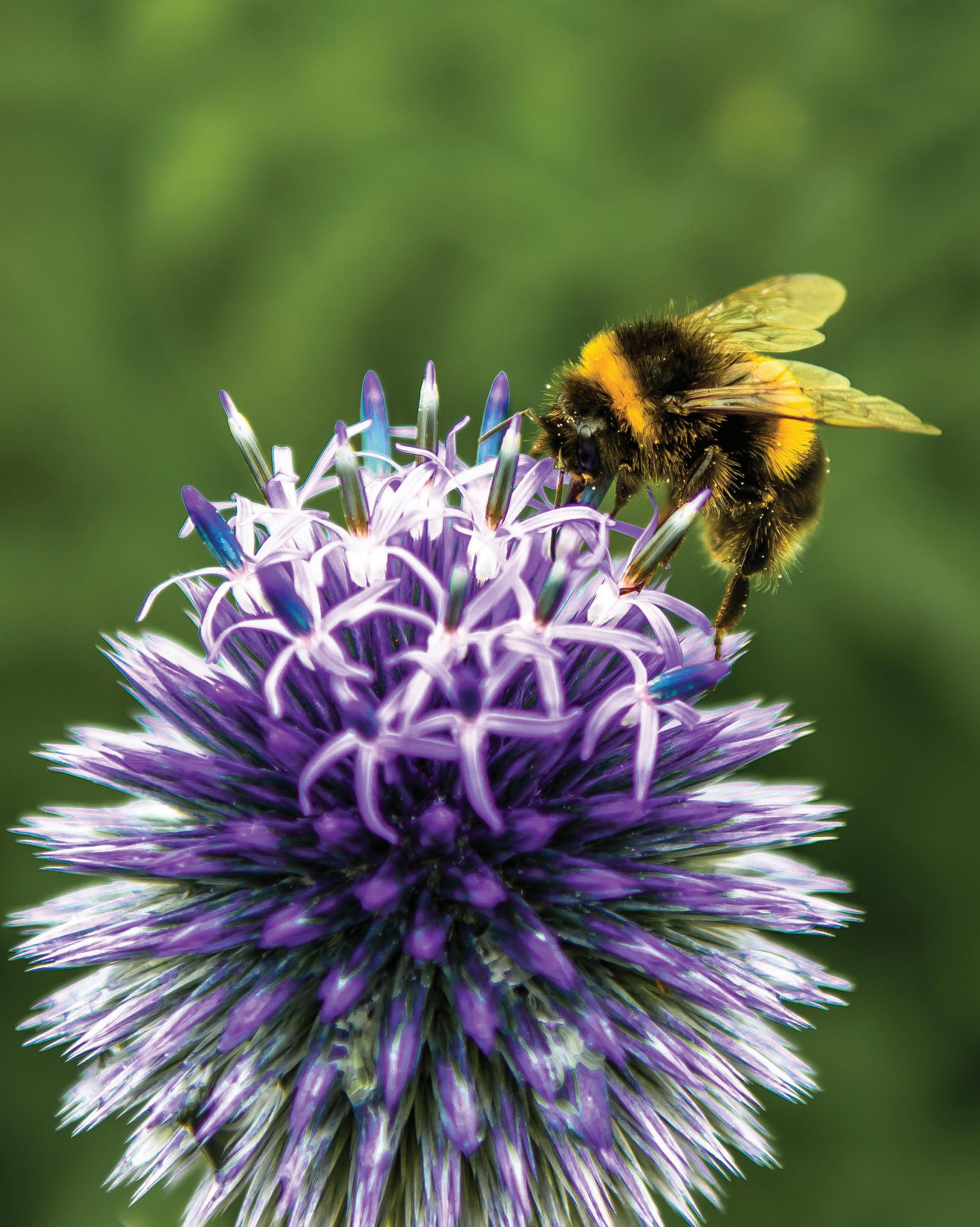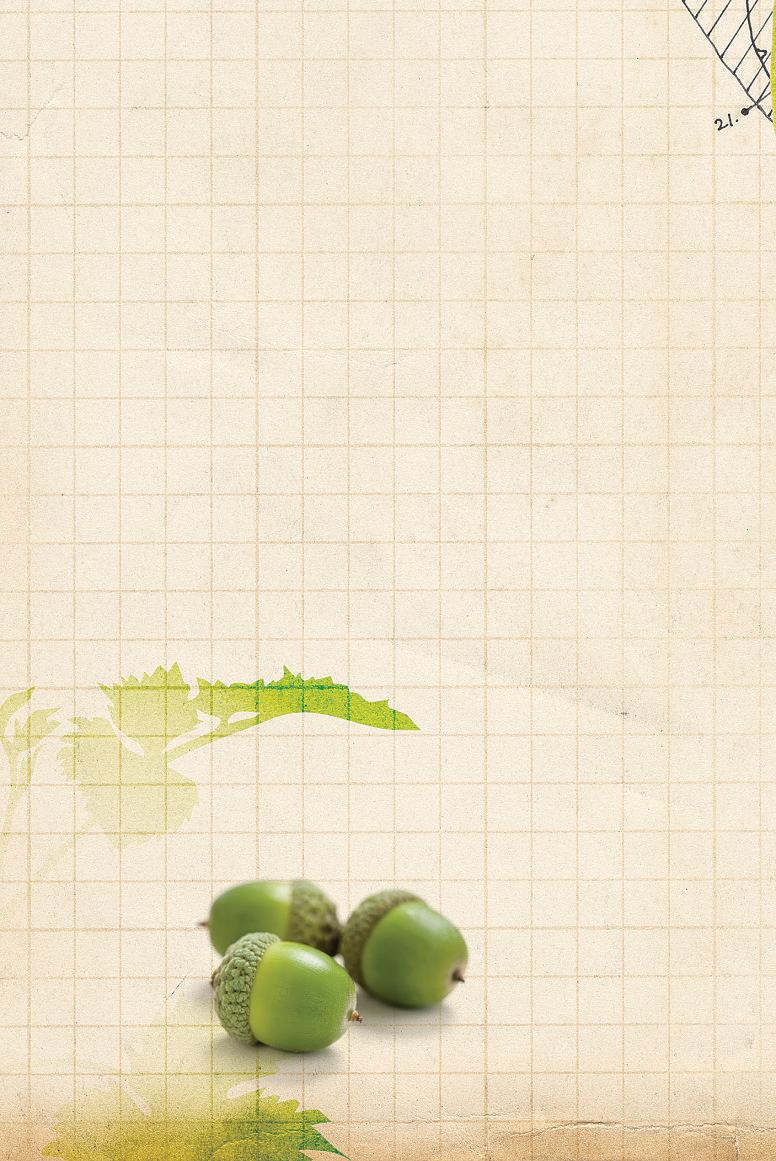
2 minute read
NO NEED TO BEE AFRAID
by Shaw Media
AFRAIDbee NO NEED TO
Bees are always on my mind. They are fascinating creatures that have an unfounded bad reputation (ground wasps, which look like honeybees, and yellow jackets are really the jerks of the stinging insect world). They’re also the hardest working critters on the planet. Did you know that a bee only produces onetwelfth of a teaspoon of honey in its LIFETIME?! Bees fly upward of 50,000 miles in order to produce a pound of honey, visiting about 2 million flowers. It’s important that we understand the role of honeybees in the garden and help make their job a little easier.
Honeybees have been around for millions of years, and they are the only insect that produces food eaten by humans. Honey is the only food that includes all the substances necessary to sustain life — enzymes, vitamins, minerals and water. Worker bees produce honeycomb by eating honey produced from collecting nectar from flowers. An average worker bee only lives six to eight weeks and usually dies of exhaustion.
Many people are afraid of “bees,” but it’s important to know who is actually doing the stinging. Worker bees (females) sting but only if they feel threatened. Unfortunately, they die after stinging. The Queen rarely stings as she doesn’t usually leave the hive. Drones (males) don’t sting, either. The bees visiting your flowers have one thing in mind: Find food. They are “busy as bees” and usually don’t have problems with you even if you are nearby admiring them or gardening. Even as I’m sitting here typing this outside on my laptop, a huge bumblebee is hanging out about 10 inches from me on a plant, happy as can be! We’ve become best friends!
The importance of honeybees is immeasurable. Approximately one-third of the food Americans eat is derived from honeybee pollination. While we certainly wouldn’t starve if the honeybee disappeared, we would no longer have access to foods such as broccoli, almonds, cucumbers, cherries, avocados (gasp!), blueberries, apples and more. Not to mention food prices would skyrocket if farmers had to use other measures to pollinate crops.
What can you do to help our honeyproducing friends? Plant a succession of flowers in your garden. Bees are always looking for nectar and pollen. Flowers that bloom at different times help stagger their food sources. Use native plants. Natives haven’t been bred for disease resistance or other characteristics that can decrease their pollen/nectar output. Use pesticides sparingly. Find out exactly what undesired pest is bothering your plants and ask what’s the best way to attack. Sometimes common pests can be controlled with organic methods that don’t require broadcast spraying that can harm bees and other beneficial insects. Plant different-sized flowers. Bees are attracted to lots of different colors, and different species of bees are attracted to different sizes of flowers.
While bees are often feared, these mighty little guys are beneficial to us and should be left to their own devices. Help them by planting lots of flowers and by spreading the word that bees are our friends.

Sources:http://www.benefits-of-honey. com/honey-bee-facts.html,http:// www.buzzaboutbees.net/honey-beefacts.html
Meagan Provencher is the Senior Landscape Designer for Wasco Nursery & Garden Center in St. Charles. The Nursery fields are home to over 10 active honeybee hives. Stop in for some of our honey! 630-584-4424, design@wasconursery.com










